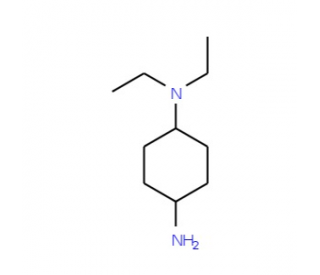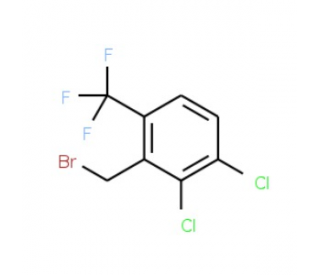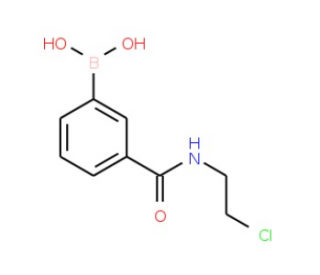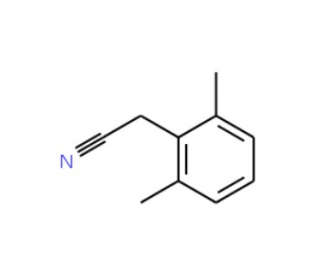详细说明
Purity
>97%, by SDS-PAGE visualized with Silver Staining and quantitative densitometry by Coomassie® Blue Staining.
Endotoxin Level
<0.10 EU per 1 μg of the protein by the LAL method.
Activity
Measured by its ability to induce alkaline phosphatase production by C3H10T1/2 mouse embryonic fibroblast cells. Nakamura, T. et al. (1997) Biochem. Biophys. Res. Commun. 237:465. The ED 50 for this effect is 0.05-0.25 µg/mL.
Source
E. coli-derived Cys25-Gly198 (Cys25Ile-Ile), with an N-terminal Met
Accession #
N-terminal Sequence
AnalysisMet
Predicted Molecular Mass
19.8 kDa
Carrier Free
What does CF mean?
CF stands for Carrier Free (CF). We typically add Bovine Serum Albumin (BSA) as a carrier protein to our recombinant proteins. Adding a carrier protein enhances protein stability, increases shelf-life, and allows the recombinant protein to be stored at a more dilute concentration. The carrier free version does not contain BSA.
What formulation is right for me?
In general, we advise purchasing the recombinant protein with BSA for use in cell or tissue culture, or as an ELISA standard. In contrast, the carrier free protein is recommended for applications, in which the presence of BSA could interfere.
464-SH |
| 464-SH/CF |
Formulation Lyophilized from a 0.2 μm filtered solution in NaH 2PO 4, NaCl and DTT with BSA as a carrier protein. | Formulation Lyophilized from a 0.2 μm filtered solution in NaH 2PO 4, NaCl and DTT. | |
Reconstitution Reconstitute at 100-200 μg/mL in sterile PBS containing at least 0.1% human or bovine serum albumin. | Reconstitution Reconstitute at 100-200 μg/mL in sterile PBS. | |
Shipping The product is shipped at ambient temperature. Upon receipt, store it immediately at the temperature recommended below. | Shipping The product is shipped with polar packs. Upon receipt, store it immediately at the temperature recommended below. | |
Stability & Storage: Use a manual defrost freezer and avoid repeated freeze-thaw cycles.
| Stability & Storage: Use a manual defrost freezer and avoid repeated freeze-thaw cycles.
|
Data Images
Bioactivity
| Recombinant Mouse Sonic Hedgehog/Shh (C25Il), N-Terminus (Catalog # 464-SH) induces alkaline phosphatase production by the C3H10T1/2 mouse embryonic fibroblast cell line. The ED50 for this effect is 0.05-0.25 μg/mL. |
SDS-PAGE
| 1 μg/lane of Recombinant Mouse Sonic Hedgehog/Shh (C25Il), N-Terminus was resolved with SDS-PAGE under reducing (R) conditions and visualized by silver staining, showing a single band at 22 kDa. |
Background: Sonic Hedgehog/Shh
Sonic Hedgehog (Shh) is expressed in embryonic tissues that are critical for the patterning of the developing central nervous system, somite, and limb. It is also involved in whisker, hair, foregut, tooth, and bone development. Shh regulates neural and hematopoietic stem cell fate and is important for thymocyte differentiation and proliferation as well as T cell determination. In adult tissue Shh is associated with cancer development and tissue remodeling following injury (1-3). Mouse Shh encodes a 437 amino acid (aa) precursor protein that is autocatalytically processed to yield a non-glycosylated 19 kDa N-terminal fragment (Shh-N) and a glycosylated 25 kDa C-terminal protein (Shh-C) (4). Shh-C, which is responsible for the intramolecular processing of Shh, is rapidly degraded following Shh proteolysis (5). Shh-N is highly conserved, sharing >98% aa identity between mouse, human, rat, canine, porcine, and chicken Shh-N. Shh-N can be palmitoylated at its
N-terminal cysteine and modified by cholesterol addition at its C-terminus (6). These modifications contribute to the membrane tethering of Shh as well as its assembly into various sized multimers (6-9). Lipid modification and multimerization greatly increase Shh-N receptor binding affinity and signaling potency (5, 6, 8, 9). Monomeric and multimeric Shh can be released from the plasma membrane by the cooperative action of DISP1, SCUBE2, and TACE/ADAM17 (10-12). Modifications also extend the effective range of Shh functionality and are required for the development of protein gradients important in tissue morphogenesis (9, 13). Canonical signaling of Shh is mediated by a multicomponent receptor complex that includes Patched (PTCH1, PTCH2) and Smoothened (SMO) (14). The binding of Shh to PTCH releases the basal repression of SMO by PTCH. Shh activity can also be regulated through interactions with heparin, glypicans, and membrane-associated Hip (hedgehog interacting protein) (13, 15, 16).
References:
Briscoe, J. and P.P. Therond (2013) Mol. Cell. Biol. 14:416.
Aviles, E.C. et al. (2013) Front. Cell. Neurosci. 7:86.
Xie, J. et al. (2013) OncoTargets Ther. 6:1425.
Echelard, Y. et al. (1993) Cell 75:1417.
Zeng, X. et al. (2001) Nature 411:716.
Feng, J. et al. (2004) Development 131:4357.
Goetz, J.A. et al. (2006) J. Biol. Chem. 281:4087.
Pepinsky, R.B. et al. (1998) J. Biol. Chem. 273:14037.
Chen, M.-H. et al. (2004) Genes Dev. 18:641.
Etheridge, L.A. et al. (2010) Development 137:133.
Jakobs, P. et al. (2014) J. Cell Sci. 127:1726.
Dierker, T. et al. (2009) J. Biol. Chem. 284:8013.
Lewis, P.M. et al. (2001) Cell 105:599.
Carpenter, D. et al. (1998) Proc. Natl. Acad. Sci. USA 95:13630.
Filmus, J. and M. Capurro (2014) Matrix Biol. 35:248.
Chuang, P.-T. and A.P. McMahon (1999) Nature 397:617.
Entrez Gene IDs:
6469 (Human); 20423 (Mouse)
Alternate Names:
HHG1; HHG-1; HLP3; HPE3; MCOPCB5sonic hedgehog (Drosophila) homolog; Shh; SMMCIsonic hedgehog homolog (Drosophila); sonic hedgehog homolog; sonic hedgehog protein; Sonic Hedgehog; TPT; TPTPS











 粤公网安备44196802000105号
粤公网安备44196802000105号